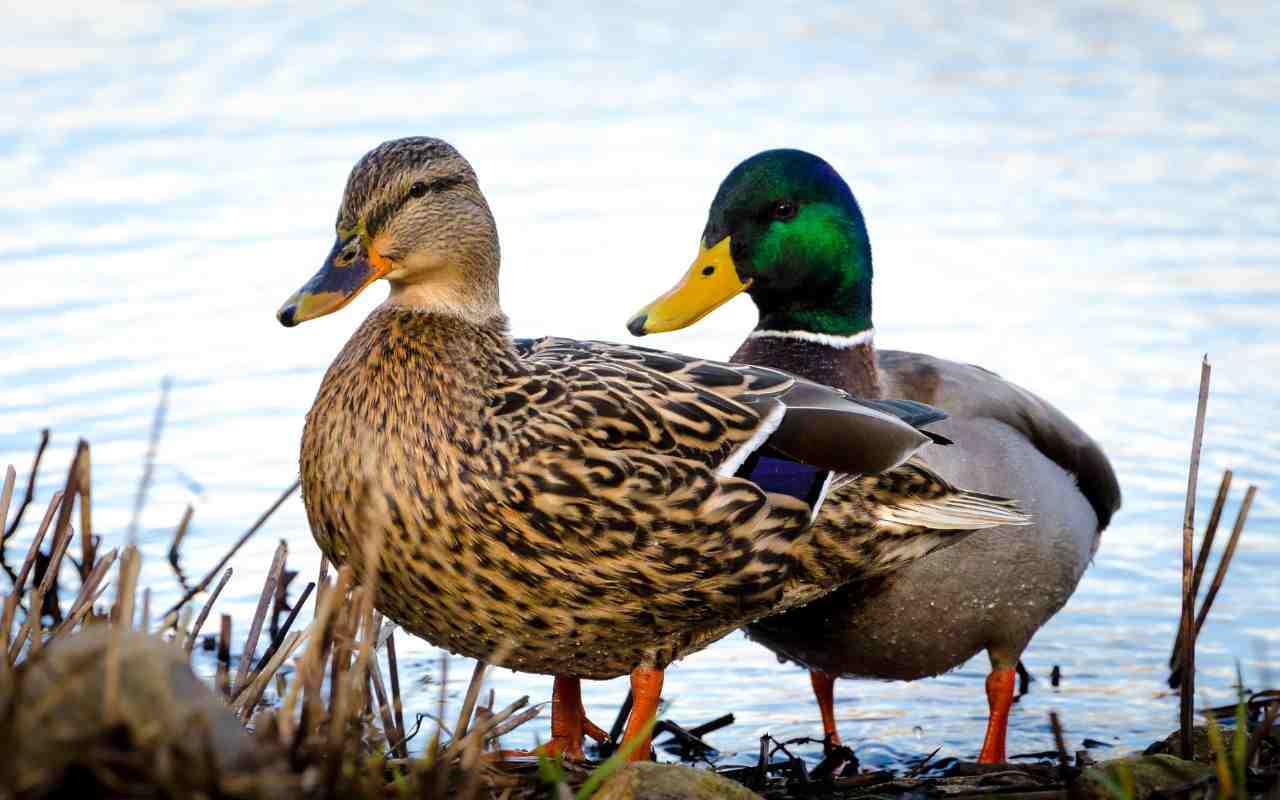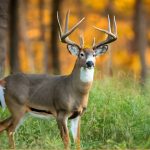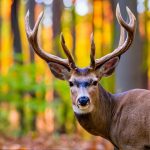Vermont attracts enthusiastic seekers seeking thrills with its stunning surroundings and numerous waterfowl. Due of the large permits and extensive variety of bird species in in the state, wildlife lovers worldwide enjoy observing them. This page will provide information on dates, limits, and possession constraints for various duck species.
Vermont Duck Hunting Season
Waterfowl season officially begins on September 1 and lasts through April 26.
| Ducks, Mergansers and Coots | |
| Connecticut River | Oct 5 - Nov 3 |
| Nov 22 - Dec 21 | |
| Interior Vermont | Oct 7 - Dec 5 |
| Lake Champlain | Oct 7 - Oct 11 |
| Scaup | |
| Connecticut River | Oct. 5 - Nov. 3 |
| Nov. 22 - Dec. 21 | |
| Snow Geese | |
| Connecticut River | Oct. 5 - Dec. 21 |
| Mar. 11 – Apr. 26, 2024 | |
| Interior Vermont | Oct. 1 – Dec. 31, 2023 |
| Feb. 27 – Mar 10, 2024 | |
| Mar. 11 – Apr. 26, 2024 | |
| Lake Champlain | Oct. 1 – Dec. 31, 2023 |
| Feb. 27 – Mar 10, 2024 | |
| Mar. 11 – Apr. 26, 2024 | |
| Brant | |
| Oct. 5 - Nov. 3 | |
| Nov 23 - Dec 8 | |
| Oct. 14 - Nov. 12 | |
| Oct. 14 - Nov. 12 |
Duck Hunting Zones
It is divided into three primary waterfowl zones, each offering unique opportunities:
| Duck Location | Description | Primary Waterfowl Species | Notable Features |
|---|---|---|---|
| Connecticut River Zone | Encompasses portions of Vermont and New Hampshire, including the Connecticut River | Mallards, Black Ducks | • Scenic river landscapes • Diverse habitats • Opportunities for riverine hunting |
| Lake Champlain Zone | Covers the Champlain Valley lowlands of New York and Vermont, including Lake Champlain | Canada Geese, Pintails | • Abundant waterfowl population • Picturesque hunting locations |
| Interior Vermont Zone | Includes the remaining parts of Vermont, offering diverse landscapes for hunting | Wood Ducks, Teals | • Varied landscapes • Wetlands, marshes, and ponds |
Type of Ducks
| Species |
| Dabbling Ducks |
| Mallard |
| American Black |
| Wood Duck |
| American Wigeon |
| Eurasian Wigeon |
| Gadwall |
| Northern Pintail |
| Northern Shoveler |
| Blue-Winged Teal |
| Green-Winged Teal |
| Sea Ducks |
| Long-Tailed |
| Harlequin |
| Black Scoter |
| White-Winged Scoter |
| Surf Scoter |
| Diving Ducks |
| Hooded Merganser |
| Common Merganser |
| Red-Breasted Merganser |
| Ruddy |
| Ring-Neck |
| Lesser Scaup |
| Greater Scaup |
| Canvasback |
| Redhead |
| Common Goldeneye |
| Barrow’s Goldeneye |
Tips and techniques for each species
| Duck Species | Hunting Tips and Techniques |
|---|---|
| Mallard Ducks | • To simulate natural social behavior, place decoys in small groups. • Create realistic vocalizations by using a variety of calls. • For more success, choose hunting spots close to flyways or feeding sites. |
| Wood Ducks | • Position yourself close to wood duck habitat, such as flooded woodland or wooded marshes. • To draw in males, make wood duck sounds or mimic their high-pitched squeals. • Decoys should be placed carefully amongst natural cover. |
| Black Ducks | • Set up in wetland or marshy locations that are popular with black ducks. • Use deceptive calling methods to imitate their noises. • Blend into your surroundings with natural-looking camouflage |
Prerequisites
| Hunting Prerequisites | Descriptiption |
|---|---|
| Importance of safety during duck hunting | • Treat firearms as if they are loaded • Properly identify targets • Practice water safety • Maintain clear communication • Inspect and maintain equipment |
| Regulations | • Stay updated on hunting seasons and bag limits • Follow shooting hour regulations • Use non-toxic shot |
| Licensing requirements and other legal considerations in Vermont | • Obtain a valid Vermont hunting license • Possess a Federal Migratory Bird Hunting and Conservation Stamp • Complete HIP certification • Obtain landowner permission • Comply with reporting requirements |
Latest posts by John Lewis (see all)
- Virginia Hunting Seasons 2024 Latest Dates & Regulations - July 22, 2024
- Georgia Hunting Season 2024-2025 [Updated Schedule!] - July 19, 2024
- 2024 Tennessee Hunting Seasons New Dates & Regulations! - July 11, 2024





